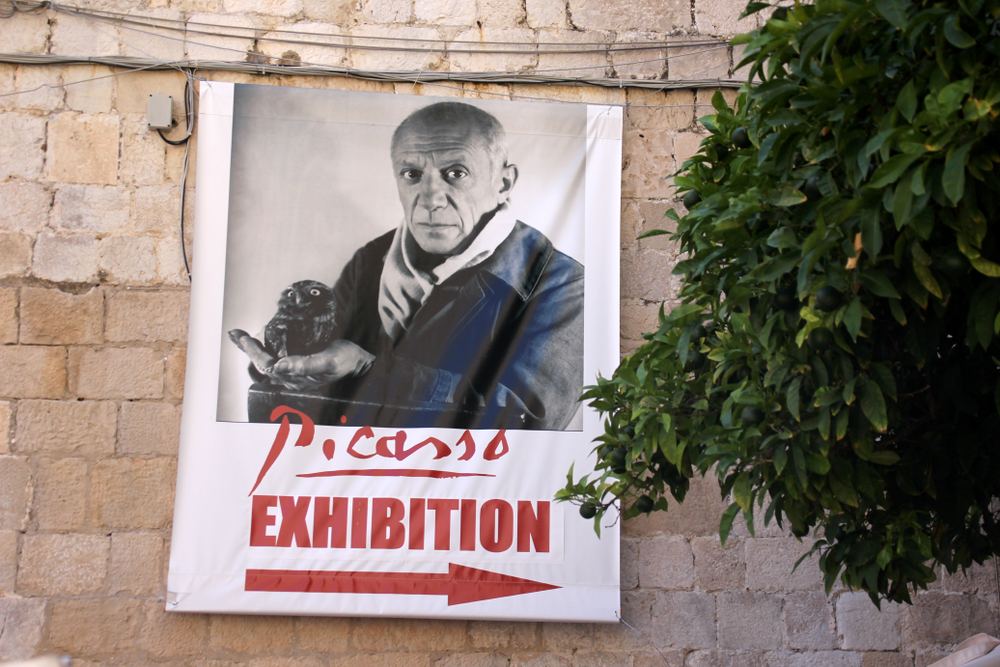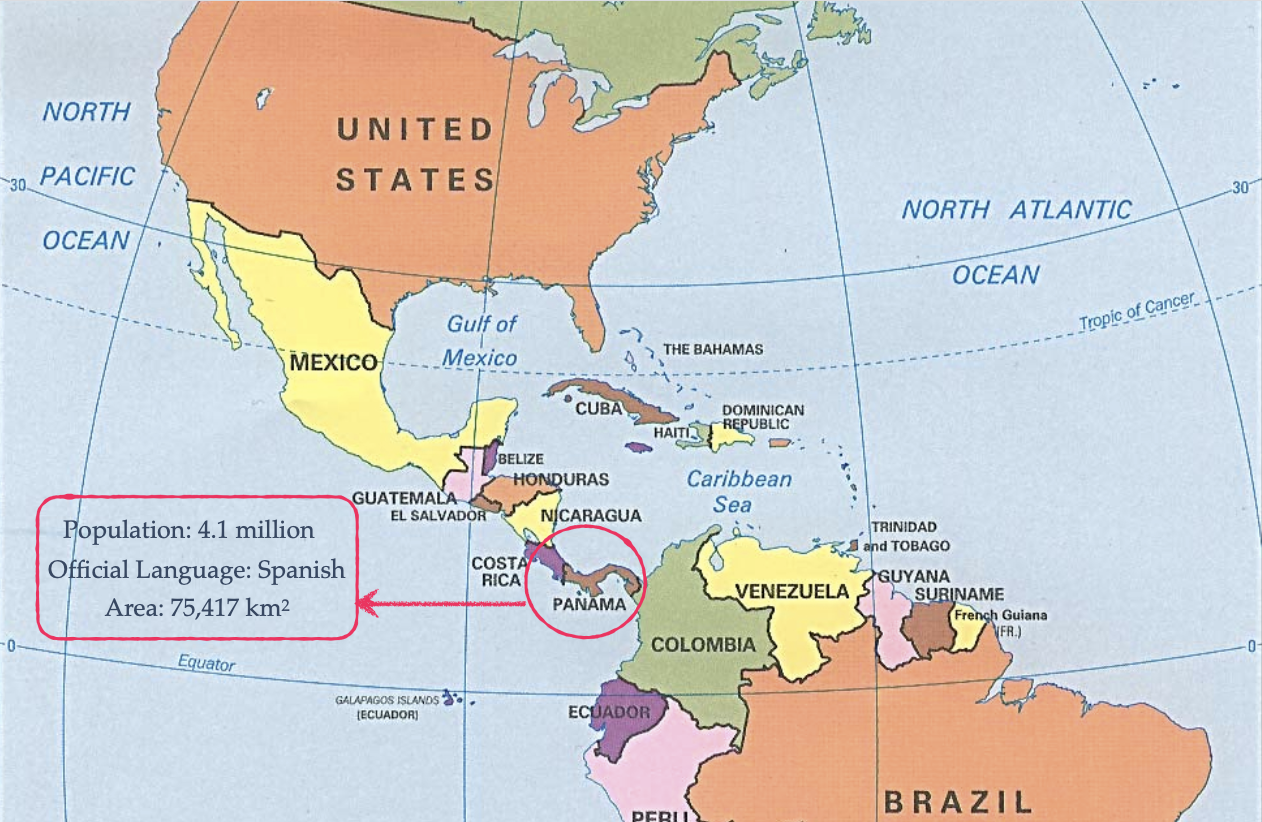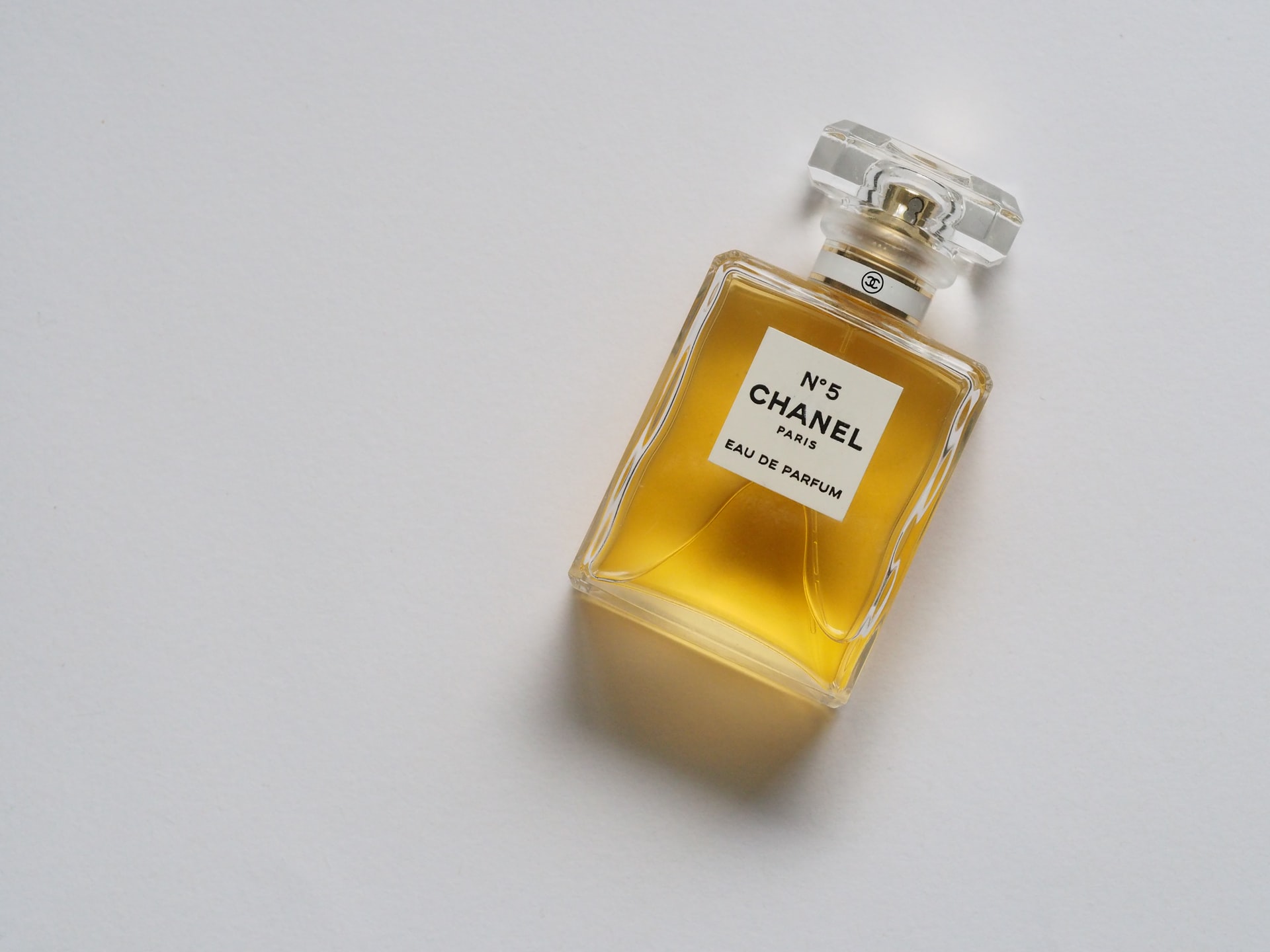Reading Time: 2 minutes
- Factor 1: Highly productive career that lasted for 75+ years.
- Born in 1881, Picasso began displaying extraordinary talent at the age of 10 — his father (a professor of art) vowed to give upThough paintings by him exist from later years as well. painting when he felt that the 13-year-old Picasso had surpassed him in drawing abilities.
- Before Picasso died in 1973 (age 91+), he had created over 20,000Some sources estimate the total number to be 50,000. works of art.
- Also, because he devoted 80 of his 91 years to art, he could master just about every graphic mediumPainting, drawing, sculpting, ceramics, etc. and, by being spread over 8 decades, his work remained relevant across different social, political and economic backdrops.
- He was known for his breakneck speed at art — at the age of 87, he made 347 works in 7 months — and one French art critic once told him: “for his own good, [he should] no longer do a painting a day.”
- Factor 2: Invention of new styles of art.
- Picasso co-founded new art forms—cubismCubism aims to show all possible viewpoints of a person/object in a way that it looks like it is made out of cubes and other geometrical shapes and collageCollage is made up of assorted materials (newspaper cutting, fabric, photos, etc.) glued to a paper, board, or canvas.—and his experimental work continues to influence numerous styles and movements even today.
- Factor 3: He died extremely rich.
- Since the 1920s, Picasso was able to sell works at very high pricesWomen of Algiers (Version O) (1954–55) sold at auction for a record-breaking $179 million in 2015, beating previous record-breaking sales of Le Rêve (1932) for $155 million in 2013 and Boy with a Pipe (1905) for $104 million in 2004. and, therefore, he could afford to keep most of his work in his own collection — the net worth of this collection at the time of his death was between $100 Mn to $230 Mn ($530 Mn to $1.3 Bn today).
- Factor 4: A life full of controversies.
- Picasso was famous for his dozens of affairs and treating women (two went mad & two committed suicide) & children badly; most of his relationships are believed to have ended in troubling ways.
- It is said that he was arrogant and a self-promoter who used politics, eccentricity, provocation, and scandals as his selling tools.
- And his self-promotion turned out to be successful — his name brand is among the most commoditised artist name in the world (appearing on clothing, apps, cars, bars, and restaurants).
- He was often accused of copying but he claimed that copying was his search for stimulation — his greatness was not so much the creation of new content but the use of others’ ideas in a radical way.
Image courtesy of Dubrovnik through Shutterstock






















